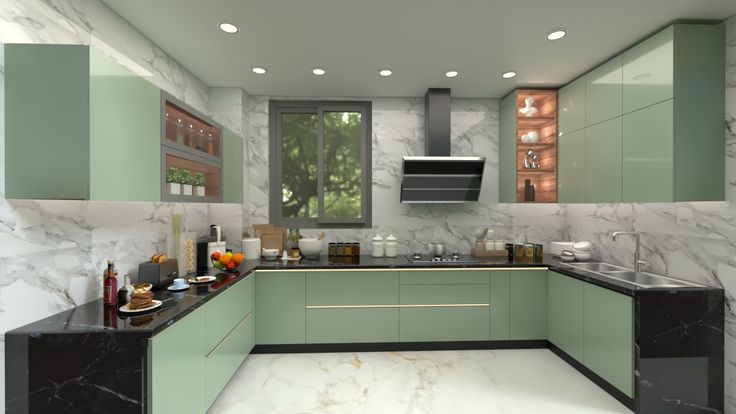
Understanding the Specifications of Modular Kitchen
Modular kitchen have gained immense popularity in recent years due to their sleek design, functionality, and adaptability. These kitchens are designed to maximize space, minimize clutter, and offer a modern, efficient cooking environment. If you are planning to upgrade your kitchen or remodel it, understanding the specifications of modular kitchens can help you make informed decisions. Here’s an in-depth look at what makes up a modular kitchen and its key specifications.
1. Modular Kitchen Layouts
A modular kitchen is made up of pre-fabricated, standardized units or modules. These units are designed to fit together seamlessly and can be arranged in various configurations to suit the available space. The most common layouts include:
- L-Shaped Layout: Ideal for small to medium-sized kitchens, this layout uses two walls to create an ‘L’ shape, allowing for an efficient working triangle between the stove, sink, and fridge.
- U-Shaped Layout: Perfect for larger kitchens, this layout offers ample counter space and multiple storage solutions. It forms a U shape with cabinets along three walls.
- Straight Layout: Often used for narrow kitchens, this layout places all units along one wall, making it efficient and space-saving.
- Island Layout: This layout is ideal for open spaces and includes a freestanding island that offers additional storage, prep space, and seating.
- Parallel Layout: Composed of two parallel countertops, this layout is ideal for spacious kitchens and allows multiple people to work simultaneously.
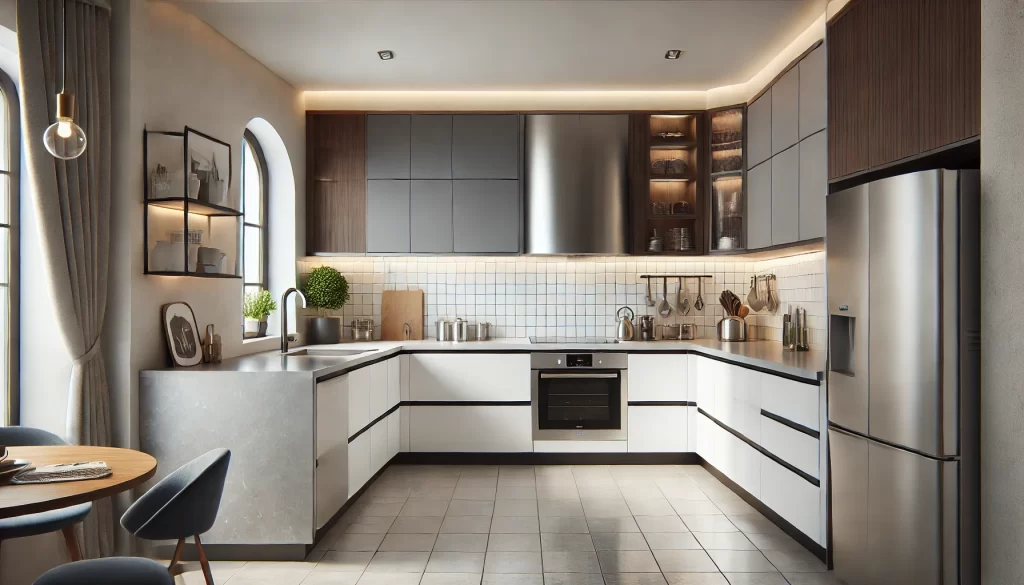
2. Cabinet Design and Materials
The cabinets in a modular kitchen are the most important elements. They are available in a variety of materials, finishes, and designs. Popular choices include:
- Materials: The main materials used for modular kitchen cabinets include:
- MDF (Medium Density Fibreboard): Known for its smooth surface and durability, MDF is ideal for modern, sleek designs.
- Plywood: A durable and water-resistant material, ideal for both traditional and modern kitchens.
- HDF (High-Density Fibreboard): Stronger than MDF, HDF is also moisture-resistant and commonly used in modular kitchen designs.
- Stainless Steel: Highly durable, easy to clean, and resistant to heat and moisture, making it a good choice for a contemporary look.
- Finish: The finish of the cabinet can greatly affect the overall appearance of the kitchen. Options include:
- Laminate: Affordable, easy to maintain, and available in a variety of textures and colors.
- Acrylic: Known for its glossy, high-end finish and modern appeal.
- Wooden Veneer: Adds a natural look and warmth to the kitchen.
- Glass: Transparent or frosted glass can be used to give a premium and sophisticated look.
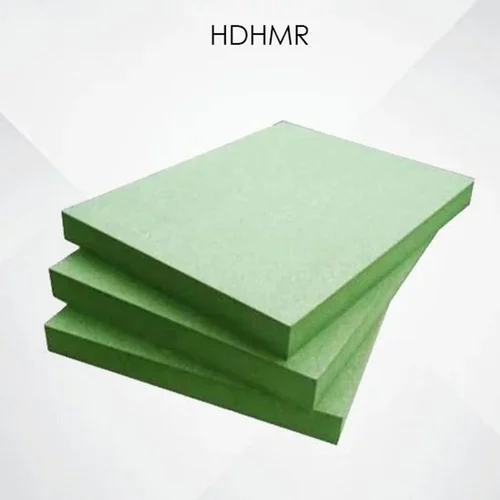
3. Modular Kitchen Storage Solutions
A key advantage of modular kitchens is their storage capabilities. Customized storage units ensure that every inch of space is utilized efficiently. Some popular storage solutions include:
- Pull-out Drawers: Ideal for storing pots, pans, and utensils, these drawers ensure easy access and organization.
- Lazy Susan: This rotating shelf is perfect for corner cabinets and helps access items stored at the back.
- Pull-down or Pull-out Racks: For easy access to spices, oils, or cleaning supplies.
- Drawer Organizers: A must-have for keeping cutlery, knives, and other small kitchen tools organized.
- Tall Units: Often used for pantry items, these provide ample vertical storage space.
- Overhead Cabinets: A staple in most kitchens, these provide essential storage space for dishes and glassware.
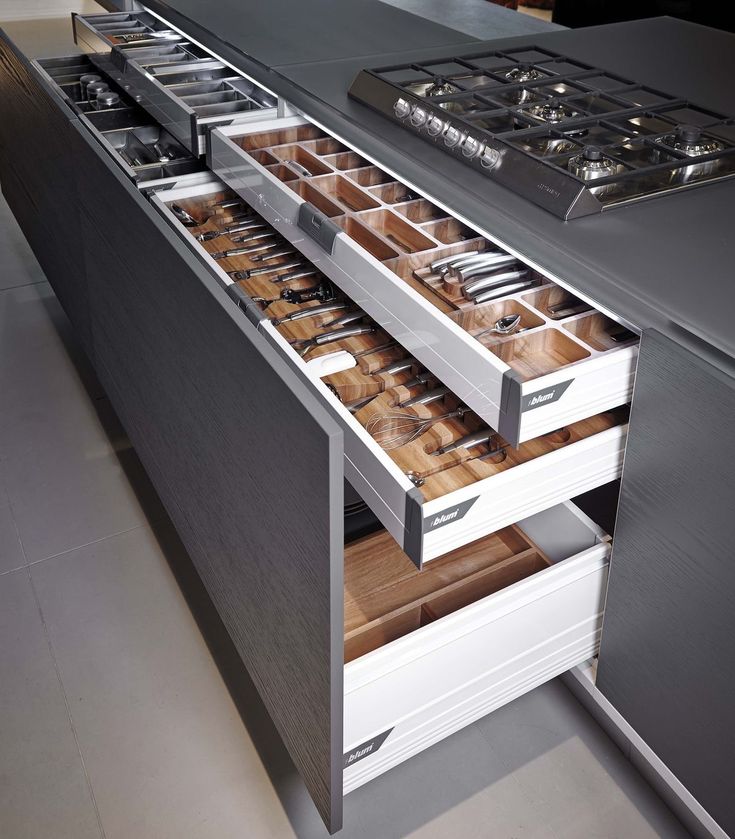
4. Countertop Materials
The countertop is a crucial element in modular kitchen designs. It is important to choose a durable and easy-to-maintain material that can withstand heat, moisture, and heavy use. Popular countertop materials include:
- Granite: Known for its natural beauty and durability, granite is resistant to scratches and heat.
- Quartz: Engineered stone made from natural quartz, known for its low-maintenance properties and variety of colors and finishes.
- Marble: Offers a luxurious look but requires regular maintenance to prevent staining.
- Laminate: An affordable option available in various colors and patterns, but it may not be as durable as stone surfaces.
- Wood: Adds warmth to the kitchen but needs regular upkeep to prevent damage from moisture.
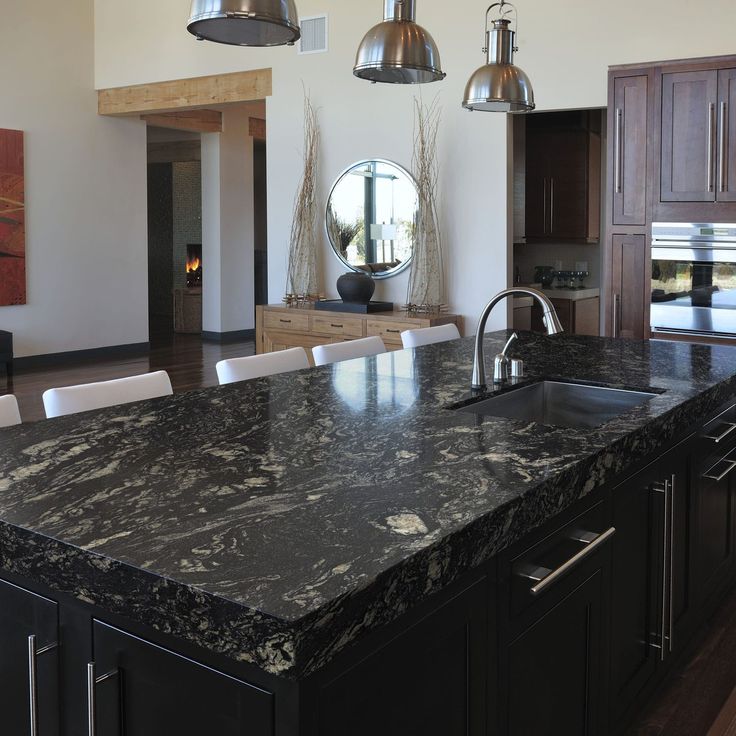
5. Appliance Integration
A modular kitchen integrates appliances seamlessly to create a streamlined and functional space. Common appliances that are incorporated into modular kitchen designs include:
- Built-in Ovens and Microwaves: These save space and can be integrated into the cabinetry for a sleek, uniform look.
- Dishwashers: Often installed under the counter, making them discreet and easily accessible.
- Refrigerators: Many modular kitchens feature custom cabinetry to house the refrigerator and blend it with the overall design.
- Hobs and Chimneys: Modern modular kitchens often feature built-in hobs, which provide more counter space, along with a chimney or range hood for ventilation.
- Washing Machines: In smaller spaces, washing machines can also be integrated into modular kitchen layouts to save space.
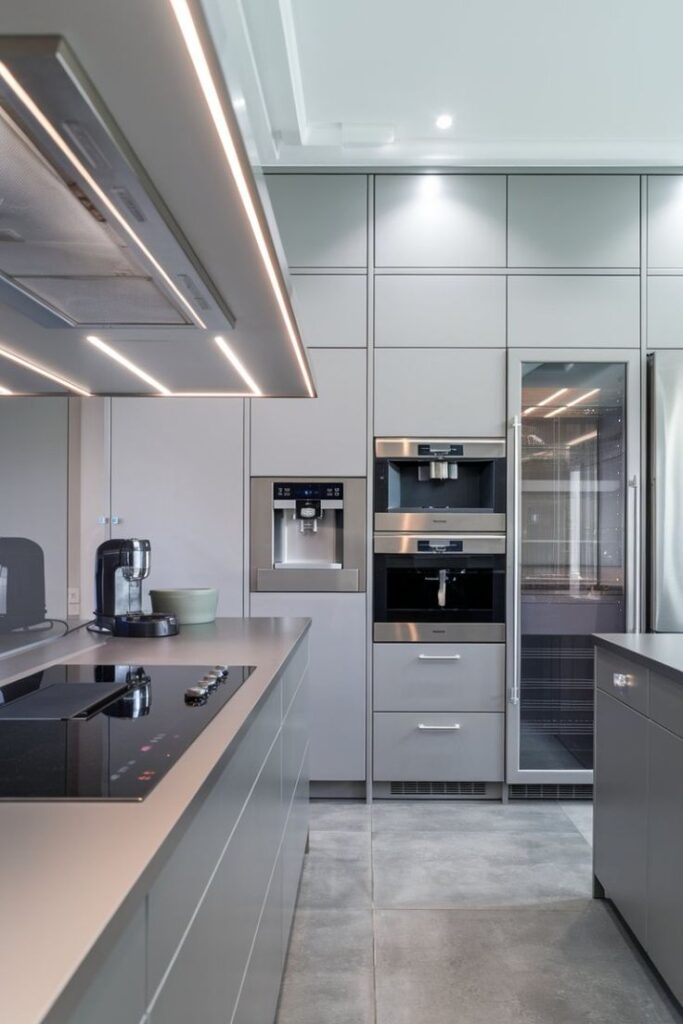
6. Lighting and Ventilation
Good lighting and ventilation are essential to a functional modular kitchen. Lighting should be strategically placed to ensure proper visibility and ambiance. Key lighting elements include:
- Under-Cabinet Lighting: This provides focused lighting for countertops and prep areas.
- Overhead Lighting: Essential for overall illumination in the kitchen.
- Task Lighting: Focused lighting above work areas like the stove or sink.
Good ventilation is equally important. Modular kitchens typically incorporate powerful exhaust fans or chimneys to remove cooking odors, smoke, and grease.

7. Customization and Accessories
A modular kitchen is all about customization. Whether it’s selecting the right color scheme, opting for open shelving, or including built-in wine racks, a modular kitchen offers endless possibilities. Other accessories that enhance the functionality of a modular kitchen include:
- Magic Corners: For easy access to deep corner cabinets.
- Pull-out Pantry: A vertical storage solution for dry goods.
- Integrated Sink: A seamless sink integrated into the countertop, which helps maintain cleanliness and aesthetics.
- Smart Kitchen Gadgets: In modern modular kitchens, technology plays a huge role. Smart gadgets like voice-controlled lights, touchless faucets, and app-controlled ovens are gaining popularity.
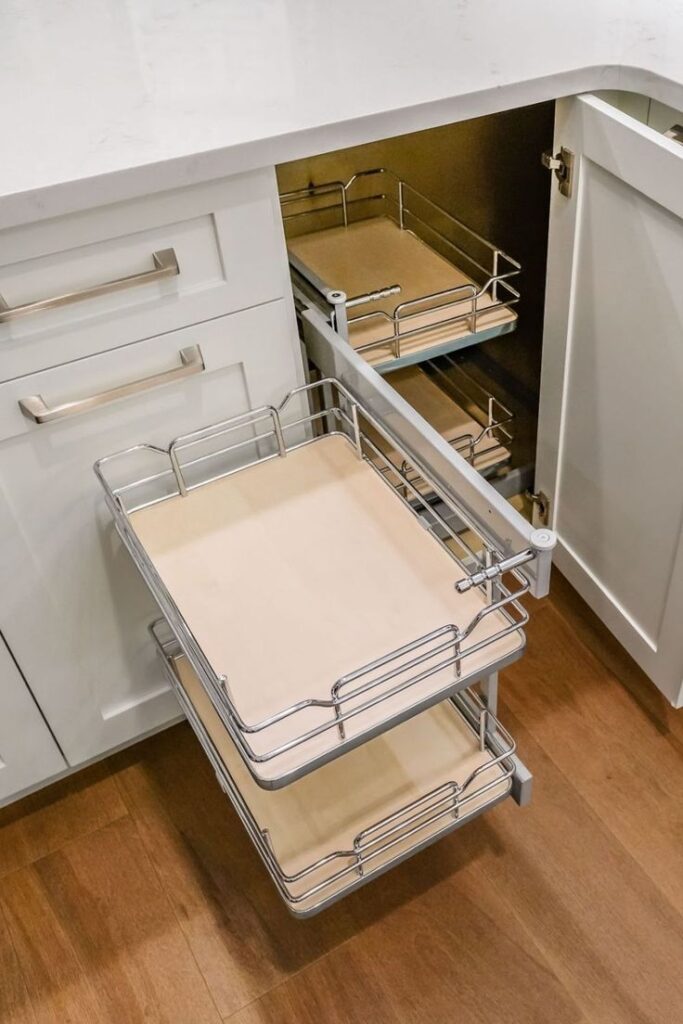
Conclusion
A modular kitchen is an investment that not only enhances the aesthetics of your home but also provides the functionality and storage solutions needed for a modern lifestyle. By choosing the right materials, layout, and customization options, you can create a kitchen that is both practical and stylish. Whether you’re looking for a sleek modern design or a more traditional setup, understanding the specifications of modular kitchens allows you to design a space that meets your needs and fits your home perfectly.

0 comments